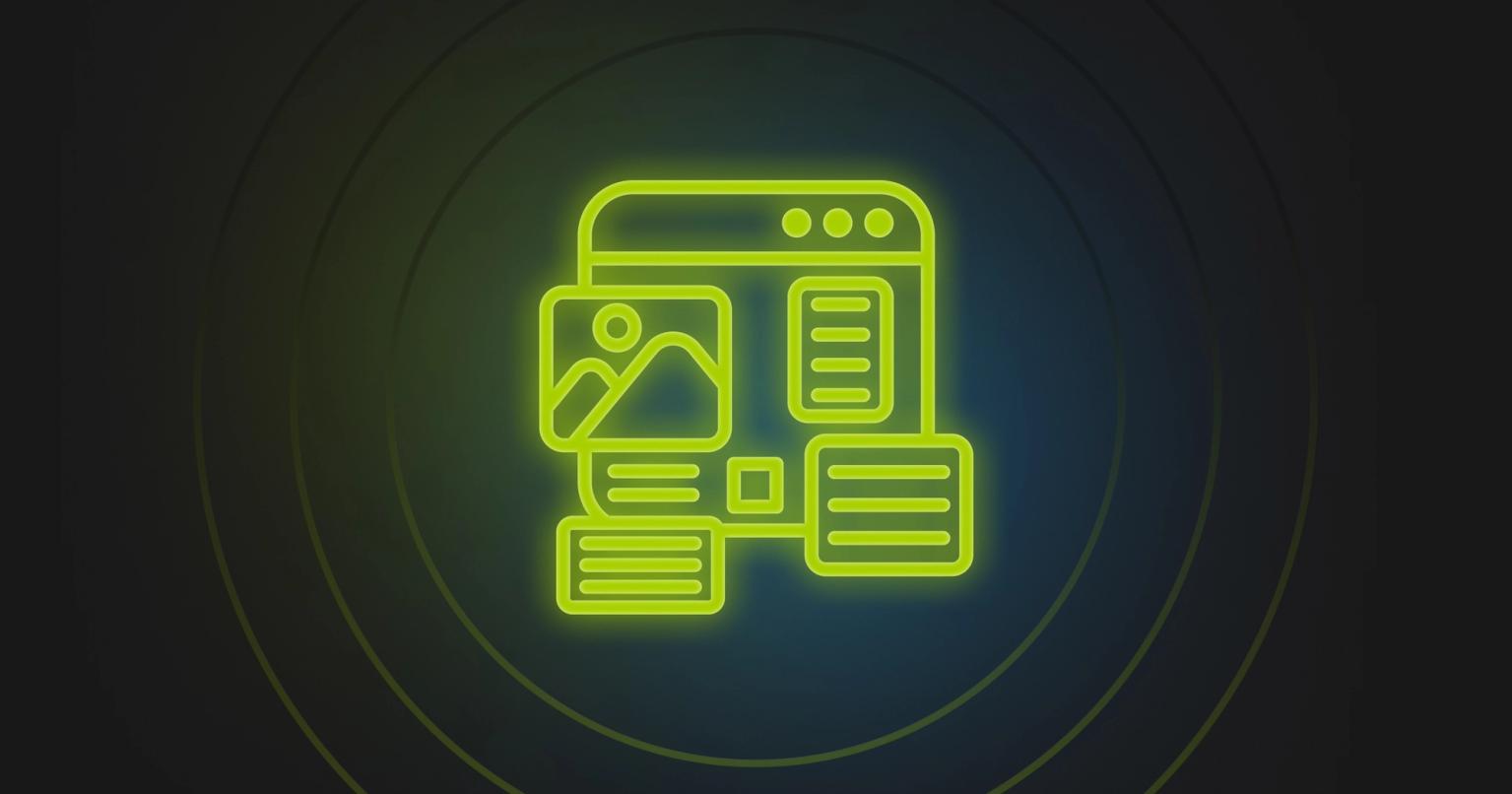My Takeaways From Litmus Live: Email Trends You Need Now

Jack Steele
Director of Engineering, Knak
Published Dec 18, 2018

Summary
Explore key insights from Litmus Live with Knak's takeaways on email trends: From QA to workflow integration, revolutionize your email strategy.
Better emails, better results
Last month, I attended Litmus Live in San Francisco. Knak has been a Litmus customer for quite some time, and as Knak’s lead email developer, I was excited to spend a few days talking about one of my favorite subjects with a thousand fellow email geeks (yes, I’m nerdy and I know it…).
I walked away with some great new ideas, so here are the top takeaways from my two days in email Disneyland, as well as some trends that I can see revolutionizing the email game in 2019.
Key(ping) it Real: Key Takeaways that Boost Success
Ensure that teams and channels are aligned on the email process
Lauren Kremer, Senior Marketing Specialist, talked about email marketing being the hub of an omnichannel marketing process largely because of the reporting that comes from it. It’s easier to track results from email marketing than almost any other channel, so it makes sense to transition your thinking to incorporate this. Picture your email marketing as the center of the wheel, and align your other channels — social media, trade shows, etc — around that center.
Team alignment is key to making this happen, so if that’s a challenge at your organization, work towards unifying your strategy among teams and channels, making sure to let the channel experts be experts in order to maintain a clear voice.
Work to streamline the approval process
Working with Knak clients has shown me that the one of the biggest email marketing challenges large enterprises face is the approval process, a challenge that was discussed at length during Litmus Live. Getting approval is the longest (and often most frustrating) part of the email process, especially at the enterprise level. Watching good emails languish between departments is a marketer’s nightmare, and getting them out on time can be a huge hurdle to overcome.
We actively solicit our client’s feedback to refine the approval process within our Enterprise product, which aims to streamline the email process from creation to approval.
Quality Assurance is job #1
Nathan Stack, Director of QA at Rapp, provided some great insight into his QA process, and it encouraged me to consider how approvals can be broken down into stages.
Currently, Knak Enterprise admin users can set module rules that define quality that must be matched in order for the emails to go out. As we move forward, we’ll be looking to incorporate some additional checkpoints, such as testing for link functionality and accessibility compliance.
Say goodbye to Frankenstein
It’s time to stop piecing your workflow together. I’ve been using grunt.js to automate my email workflow for a while, but Jeffrey Hoffman’s talk on Modular Design was really helpful. He broke down the use of Helpers, Variables, Partials, and Conditionals with terrific clarity. The overarching message of his talk was that while your workflow may be comprised of many different elements, they should work together to contribute to one fluid process.
Marketo 2.0 editor encourages building with this method and provides the interface needed for editing. Knak Builder does this also, but with an additional layer of flexibility. We have helpers in content blocks, partials in the form of modules, and variables at the brand-to-theme level that give our users a more efficient workflow without requiring them to write any code.
The future, and how we fit in
Flagship email can be huge to a product’s success
A weekly or monthly product email is a great way to drive engagement and keep the product at the forefront of a customer’s mind. One key example of this is the weekly report Grammarly sends to its users. It breaks down their productivity and progress (and, let’s be real: it makes sure to underscore how smart the user is), and it’s been truly embraced by Grammarly’s customers.
Moving from editorial to automated allows for improvement over time
Seth Weisfeld, Product Manager, Growth Traffic at Pinterest, talked about how the company has transitioned from human-curated to individualized, automated emails. Pinterest personalizes every detail of their emails according to the recipient’s needs, including the subject line, copywriting, and even the send frequency.
Nick Goldsberry, Senior Solutions Architect at Levementum, underscored this in his talk, enthusiastically outlining the benefits of email scripting and complex dynamic emails. It’s not hard to see why he’s excited: the changes have resulted in click-through rate increases of 102% at Levementum, quarter after quarter.
AMPscript
This is another area Seth Weisfeld covered extensively. He introduced some terrific examples of AMPscripting for interactive email, which allows users to render content on a subscriber-by-subscriber basis. It delivers an incredibly advanced level of email and landing page personalization, and it’s changing the game at Pinterest.
It’s new territory, but it’s one we’re excited to explore down the line at knak.
Continuing the Magic
I realize not everyone gets super excited to spend two days at an email conference (though if you do, you should join us next year!) For me though, Litmus Live was a great opportunity to connect with other email developers and find out what the future of email looks like.
As we head into 2019, I’m looking forward to implementing some of these new ideas and working with our customers to take their emails to the next level.











